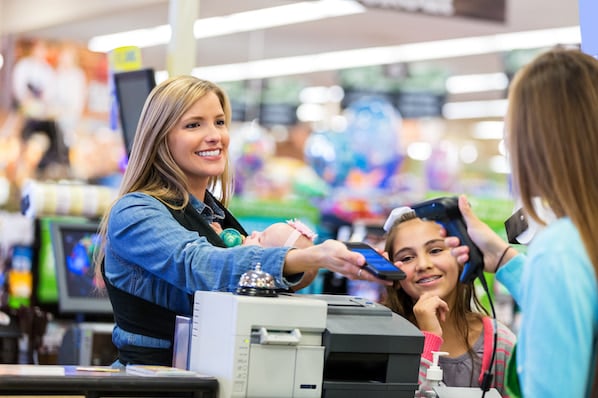Ready to learn more about loyalty punch cards? Here's what you'll find below:
- What are customer loyalty punch cards?
- Customer Loyalty Punch Card Examples
- Why do punch cards increase customer loyalty to your brand?
- How to Create Loyalty Punch Cards for Business
- Leveraging Loyalty Punch Cards at Your Company
What are customer loyalty punch cards?
Customer loyalty punch cards are business cards that can be stamped after every purchase and exchanged for rewards. Traditional punch cards are physical, but many businesses opt to create digital punch cards that customers can access on their phone or via a mobile app.
With loyalty punch cards, customers typically receive rewards after a certain number of purchases. If they're using a physical card, a hole is punched through an icon on the card after each purchase. Once all icons are stamped, the customer gets their reward. And after a punch card is filled out and the reward is redeemed, customers usually get a new one and start the process again.
Digital Loyalty Punch Cards
Today, many companies have adopted a digital loyalty punch card system to offer customer rewards. In that same survey of nearly 100 consumers, 59% said they've used a digital loyalty card within the last year compared to just 39% for physical punch cards.
With digital loyalty punch cards, customers typically scan a personal QR code or barcode on their phone at the register, and an algorithm tallies purchases until they reach the reward threshold. Or, if someone makes an online purchase, they can usually log in to their customer account and track their purchases towards the reward threshold that way.
Regardless of the type of loyalty punch card you use, be sure to customize your cards to meet your needs. The rewards you offer should be business-specific, valuable to your customers, and relate to the products and services you already sell.
For example, if you're a sandwich shop, you may offer customers a business card with ten sandwich icons. After all ten sandwiches are stamped — either physically or digitally — a customer gets five dollars off their next sandwich.
Let's go over some real-life examples of loyalty punch cards and programs from businesses you may be familiar with.
Customer Loyalty Punch Card Examples
Although they may not always call them punch cards by name, many businesses use this model to create their loyalty programs. Check a few out below.
Starbucks
Starbucks, a coffee company, has a loyalty punch card program in their mobile application. When you visit the store and pay within the app or with your Starbucks card, you receive one Star per one dollar spent. Customers start redeeming rewards like free drinks and food after earning as few as 25 Stars.

Goodwill
Goodwill is a nonprofit organization with thrift stores that sell second-hand items at low prices. Some stores offer physical punch cards, as shown in the image below, that can be stamped. Once fully stamped, a customer can redeem their card for a discount — like $5 off their next purchase.
Domino's
Domino's, a pizza restaurant chain, uses a digital loyalty punch card system on their website and through their mobile app to reward customers with 10 points for each order. Once a customer reaches six orders, or 60 points, their next pie is free.

Dick's Sporting Goods
Dick's Sporting Goods is a retail store for athletes and outdoor enthusiasts. They offer a Scorecard which is essentially a loyalty punch card that allows customers to earn points and redeem rewards with each purchase. Customers earn one point for every one dollar spent. And once they reach 300 points, they receive a $10 reward.

Flour
Flour is a bakery and cafe that offers a virtual punch card program. At every visit, customers can scan a personal QR code that makes a digital stamp on their loyalty card. After a certain number of purchases, customers receive rewards such as discounted food and beverage items.

Sephora
Sephora is a beauty brand that offers loyalty benefits through their Beauty Insider rewards program. Members earn one point per one dollar spent and get access to savings, free samples and gifts, and exclusive experiences at different point thresholds.

Below, we'll explain how and why using punch cards can increase loyalty to your brand. Plus, we've included some tips on how to create loyalty punch cards for your business.
Why do punch cards increase customer loyalty to your brand?
As a refresher, customer loyalty is a customer's willingness to return to your business and make repeat purchases, usually because you provide them with exceptional experiences.
Given this definition, the straightforward answer to how punch cards increase loyalty is that customers are willing to make repeat purchases because you provide them with the exceptional experience of receiving rewards.
And it must be true because 78% of customers say that loyalty programs make them more likely to continue doing business with brands.
There are additional reasons, though, that punch cards inspire loyalty. We'll discuss them here.
You're keeping them engaged.
Customers who forget about your business aren't going to be loyal because, well, they forget. A critical factor of customer loyalty is engagement, and punch cards keep engagement high because customers know they can get rewards from repeat interactions.
When customers get rewards, they recognize that building a relationship with your brand benefits them, so they keep coming back for more. Consumers are also more loyal to brands that provide them value, and the perks do exactly that.
You're showing them you appreciate them.
Customers want to keep buying from you when they know you value their business. Rewards are an easy way to show them that you do.
Instead of handing them a receipt and sending them on their way, you're inviting them to come back again. And a discount or free item is your way of showing them you appreciate the fact that they continue to choose you over the competition.
The bottom line: Rewards show customers that you care, and that inspires them to become loyal brand advocates for your business.
You're creating an emotional connection.
Many customers may make purchase decisions based on the emotional connections they create with a brand. You can establish these connections by offering excellent customer service, valuable products and services, or repeat engagement with the help of a loyalty punch card.
All of these elements work together so you can build stronger bonds with your customers. The prospect of receiving a reward excites customers, so they'll return until they can fully redeem their loyalty punch card. Repeat visits allow them to get to know your business, and vice versa, which creates an emotional connection. Emotional connections make loyal customers, and loyal customers will keep coming back.
Also, as these customers continue to make purchases, you can learn from their buyer behavior and offer them even more personalized experiences that meet their needs — another form of inspiration for customer loyalty.
You're giving them rewards for little additional effort.
Customers don't want to feel like they're embarking on a journey just to make a purchase. They want an intuitive process and quick solutions to their problems. Given this, minimal effort on behalf of the customer is a pillar of loyalty. Punch cards play into this, as they simply incentivize actions customers are already taking.
Customers don't need to go out of their way or do anything extra to get a reward. They just keep doing what they're already doing. Punch cards are low effort and convenient, but still provide value.
You can think of it like this: A customer comes into your store once a week to buy a slice of pizza. They like your pizza, and they probably like the idea of getting a free slice now and then, so they take a loyalty punch card. The punch card allows them to get a free piece of pizza by doing what they're already used to doing: buying a slice of pizza from your store.
They don't need to do anything extra on their end to receive the reward. They're simply reaping the benefits for actions they would've taken anyway.
You're standing out from the competition.
When customers have the opportunity to receive discounts and freebies from you based on their purchase behavior, it's highly likely that they're going to choose your business over a competitor.
Put it this way: Why would someone miss an opportunity to get a free smoothie from their favorite shop by going to the one next door with no perks?
Smoothie fan or not, loyalty punch cards are a great way to encourage consumers to buy from you and you only. And the good news is, you have the power to tailor your offerings based on the resources you have available.
How to Create Loyalty Punch Cards for Business
There are three main steps to create loyalty punch cards for your business. Let's take a look at each below.
1. Determine your reward structure.
First, decide how you want to reward customers for repeat purchases.
Do you want to give them a product discount after a certain number of visits? For example, you could offer 50% off any item after 10 purchases.
Or, maybe you want to give people the opportunity to build up points and earn rewards that way? In this instance, you can set a point-per-purchase amount, create tiered point thresholds, and provide specific savings or free gifts at each level. Like, two points for every purchase and a free product or service when someone reaches 100 points.
Be sure to consider what your capabilities are and how much you're able to invest in customer rewards. On average, organizations that offer a loyalty program allocate almost a quarter of their total marketing budget to program management and CRM.
2. Create your physical or digital loyalty punch card.
Next, decide how you want customers to access your loyalty punch cards.
If you want to design a physical card, companies like Vistaprint and Staples offer affordable design templates and printing services based on your specific needs.
If you're looking into creating a digital loyalty punch card, there's software available, such as Punch Cards and Square that can help you build out your virtual offerings.
For added context, here's a quick video from Square explaining their digital loyalty punch card program software:
3. Market your loyalty card program to your customers.
The final step to the process is to shout your loyalty punch card program from the rooftops.
Let customers know that it exists. Promote it on your website and social media, share information as part of your email outreach, and advertise the program directly in your stores. You'll want to amplify your program as much as possible to increase adoption and, in turn, ROI for your business.
Leveraging Loyalty Punch Cards at Your Company
Whether you choose to offer them physically or create a virtual system, punch cards are valuable tools for cultivating customer loyalty. You'll leverage actions customers already take, which is making purchases from your business, and give them rewards that inspire them to keep coming back.
Editor's note: This post was originally published in March 2021 and has been updated for comprehensiveness.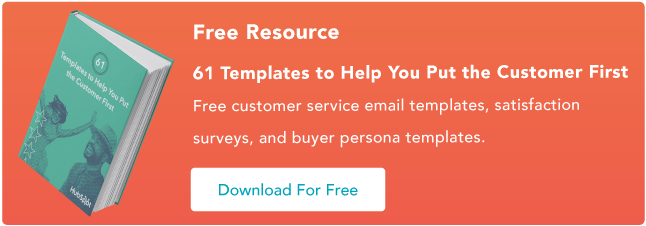
Customer Loyalty
.png?width=112&height=112&name=Image%20Hackathon%20%E2%80%93%20Vertical%20(30).png)
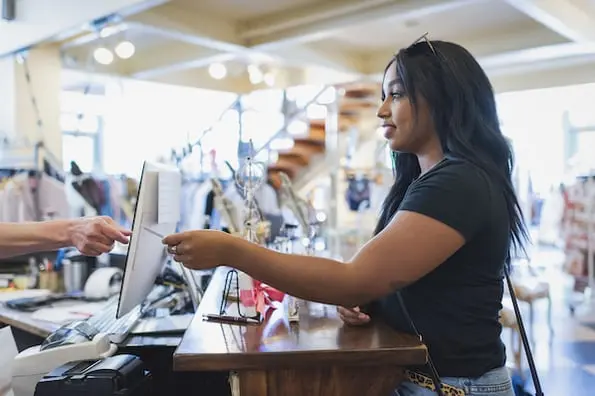

-4.png)
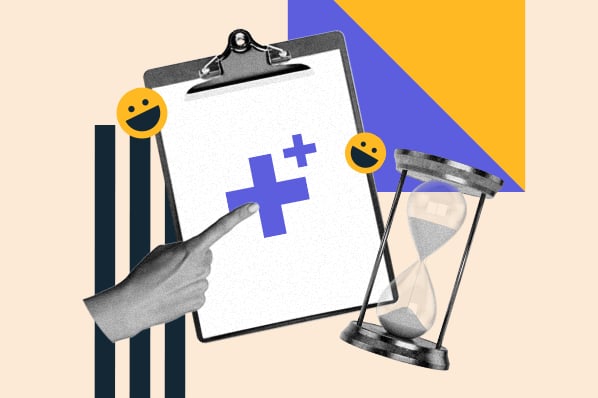
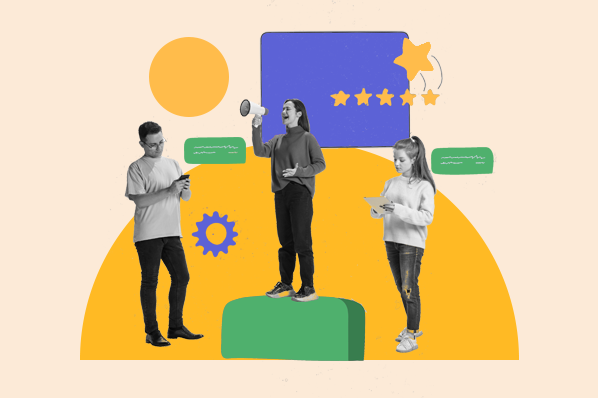
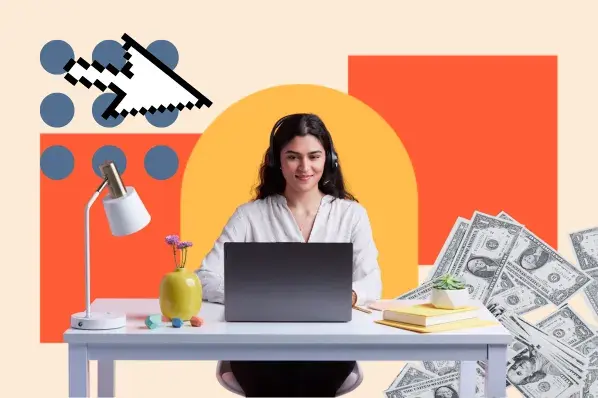
-1.webp)



